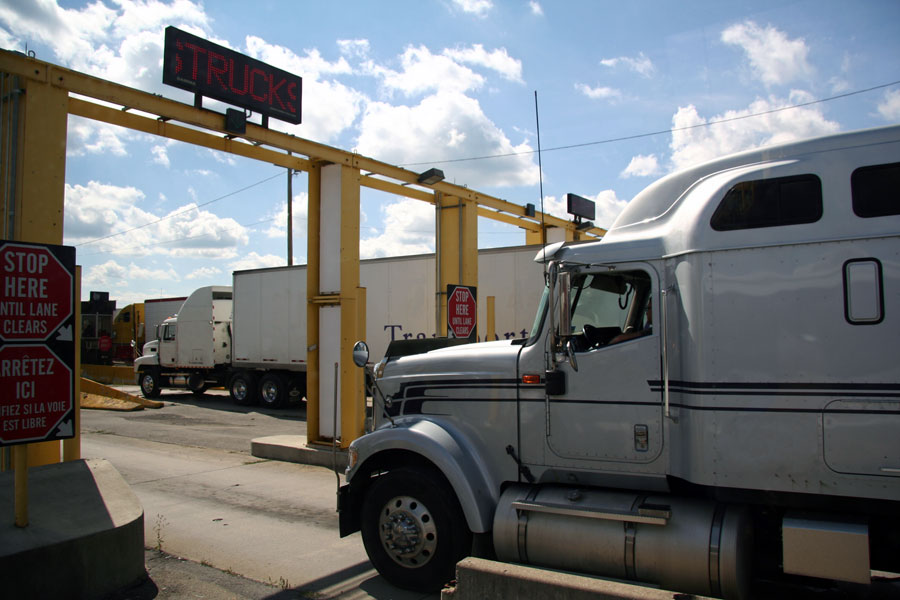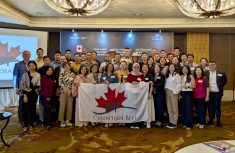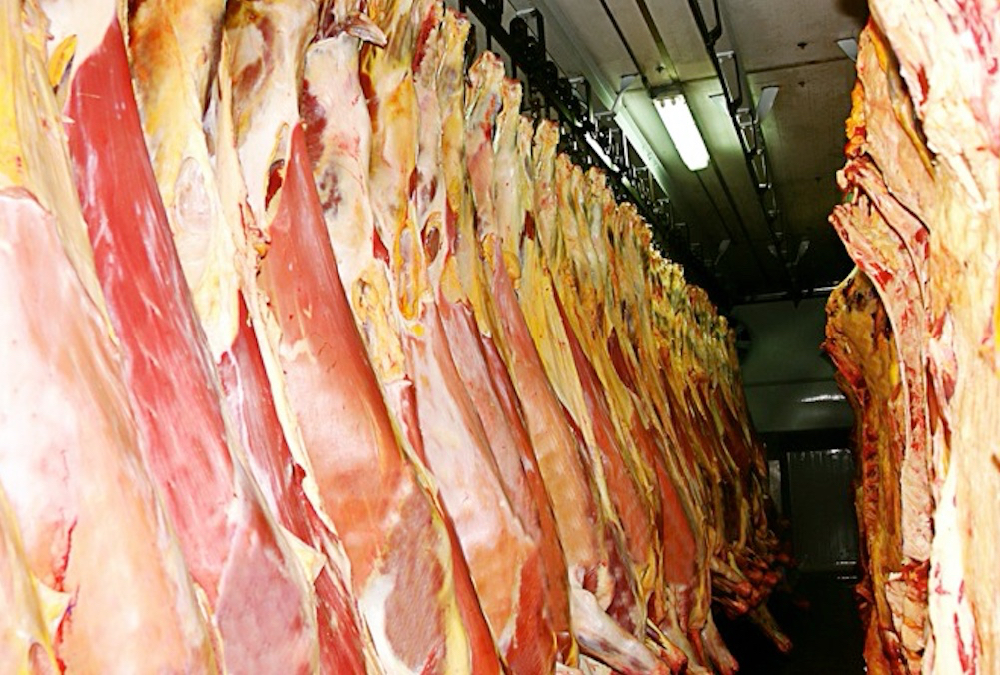There has been much discussion on protectionism as we watch the trumping of the TPP and look at NAFTA with sorrowful anticipation. What is the importance of huge trade deals and why should we examine them now?
The largest global trade body is the World Trade Organization (WTO), which is a negotiating body established in 1995. The WTO succeeded GATT, established in 1947, as a foundation for the now 164 member countries (Afghanistan was the last to join) to be governed in a binding agreement for goods and services, which represents 64 per cent of global trade.
Read Also

Mycoplasma bovis in beef cattle causes more than pneumonia
M. bovis causes pneumonia and is a major cause of infectious arthritis in calves and feeder cattle
The agreement allowed for regional trade agreements (RTA) that have grown in power and size within the WTO, but many view the WTO as a centre for dispute, a mechanism that is allowed under the regulations. Trade is based on access and access is determined by tariff and non-tariff barriers. In other words the WTO ensures, by consensus, that everyone plays by the rulebook.
- More ‘Straight from the hip’ with Brenda Schoepp: Fire and ice
Non-tariff measures can be such things as sanitary and phytosanitary or technical barriers which fall outside of the common guiding principles within the agreement. The argument of the importing country is for the protection of people, plants and animals, which makes sense, but over 50,000 of these non-tariff barriers have been implemented since 1995. Both price-based and non-price-based measures play into active trade. For countries wanting access to Canada as an example, they see the behind-the-border restrictions on food ingredients as protectionist and lobby for access. For Canada, we can relate in the beef industry to country-of-origin labelling as an example of behind-the-border restrictions deemed protectionist.
Bilateral trade agreements have tremendous power and an example is the free trade agreement between China and South Korea. They can benefit trading partners outside of the agreement or there can be consequential costs. An aftershock effect of that deal was felt in the Canadian and American market in hides, which represents 80 per cent of credit value. China started accessing more hides from South Korea at a time of a slump in demand and North American values dropped, ultimately putting heavy pressure on cattle prices.
Russia, as a member of the WTO since 2012, is keeping ties with trading partners that are important to them in agriculture and energy. Maxim Chereshnev, Russian trade and economic development chair, reflected on trade possibilities while in India this past November: “The most significant spheres for interacting are agriculture, medicine, science and technology. Furthermore, development in the energy sector has become the heart of Russian export policy.” (WTC 2015) If agriculture and energy are priority exports for Russia, which has yet to begin to tap its potential, we might expect that they will be knocking on our door and, in particular, at the threshold of those counties we have strong trade deals with, such as the U.S.
There is indeed a sense of urgency in my mind, for an assertive trade mandate. Should we be going long with global trade agreements that take years to negotiate or going fast with binding bilateral trade agreements that are a little more product specific and solidify our position before the competition heats up or trading partners put on all their protectionist armour? With near trade balance with fully developed countries such as the U.S. and developing countries such as India, we still do suffer a trade deficit particularly in agri-food. Some level of behind-the-border is always required for food products. Unfortunately, Canadian manufacturers often experience the opposite. The federal government recently announced the removal of $48 million in tariffs for food ingredients to benefit the food processing industry. But the list was reflective of products we have in Canada and will disadvantage Canadian ingredients. These disconnects can have a greater impact on production and economic growth than even the most robust trade agreement.
I have often wondered, outside of the argument of job creation, why trade agreements are strongly opposed. The demographic of trade is the supporting argument with 70 per cent of deals made between developed countries in large trade agreements leaving other member countries without the full benefit of trade agreements they are part of. Behind-the-border barriers are frustrating for developing countries and the long road to ascension within a trade agreement can be costly.
The goal of emerging economic powers such as BRICS (Brazil, Russia, India, China and South Africa), is to have stronger arbitration within trade agreements. This warrants attention as BRICS members contribute 30.8 per cent of world economic output, represent 30 per cent of global land mass and house 42 per cent of the world’s population — and they are busy. India, for example, has already signed bilateral investment treaties with 83 countries.
CETA is on the table and the WTO is not a threat or threatened and plays an important role in dispute resolution and in guiding principles. But I question if the speed of negotiation can keep up with the speed of commerce. There is much more happening than what we hear about. Canada currently has 54 signed trade agreements with a host of partners.
The question of whether the dilution of trade agreements is protectionist may be moot, considering the need for higher value-added products and recognizing that the speed of commerce outpaces negotiation. The underlying question of whether or not preferential access is truly fair remains unanswered, yet is an important discussion in regard to global food security. How we navigate the next few months will set the tone for our future economic stability and will be a reflection of our desire to truly trade places with our past ideology on historical agreements.
















